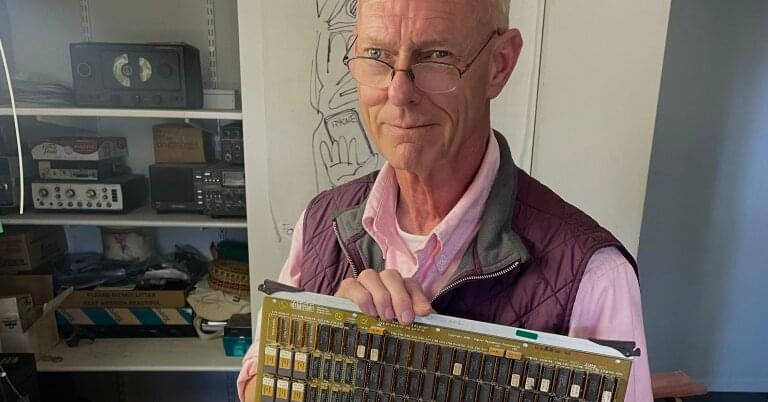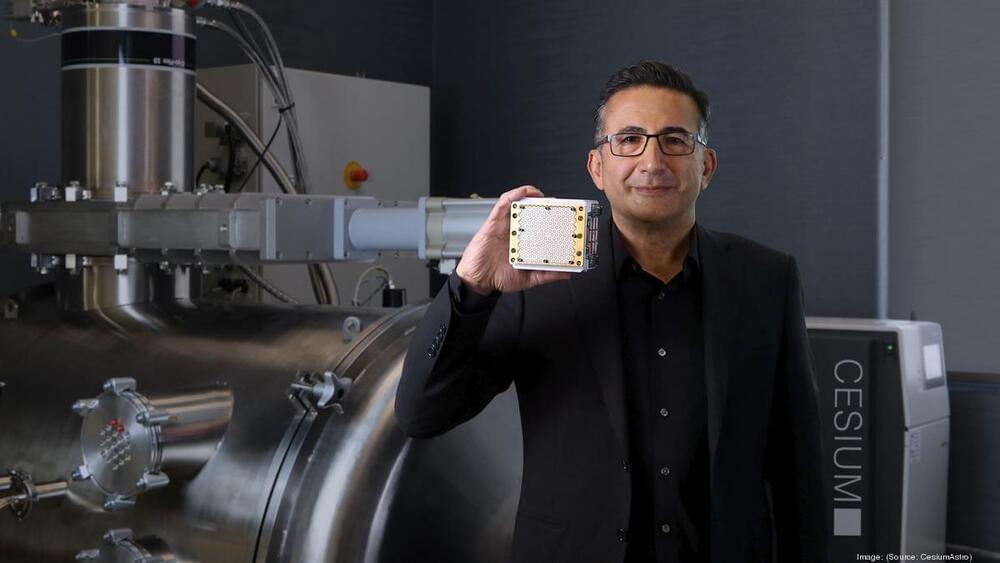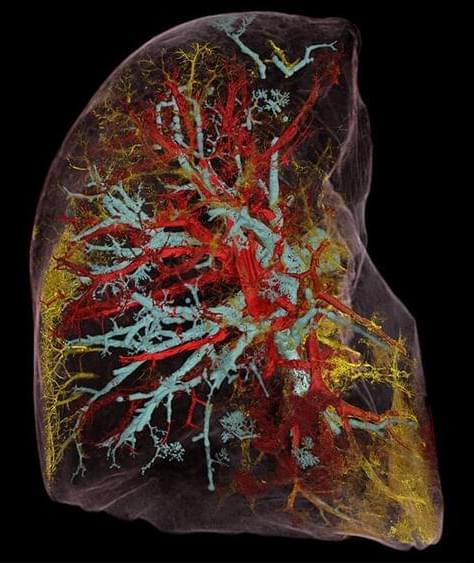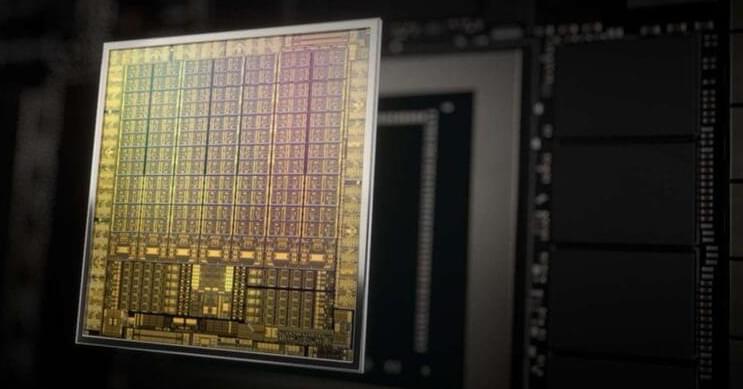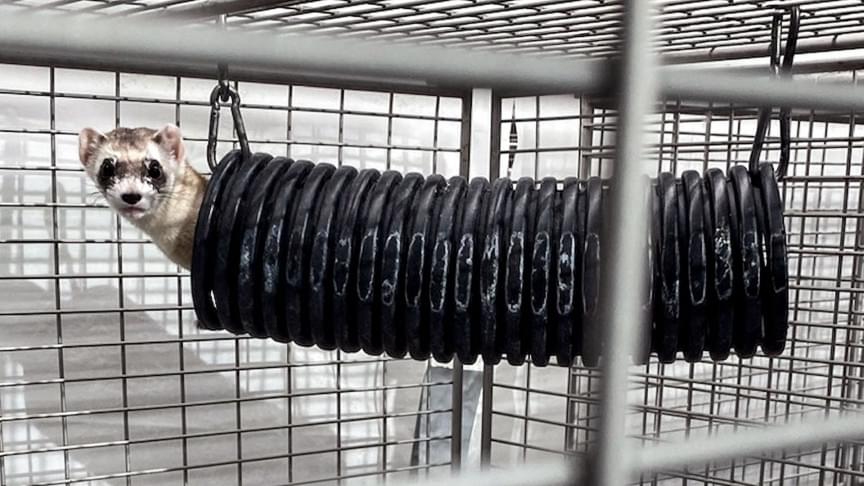The pioneering Alpinsolar project at the Muttsee dam is already well advanced in construction and has now produced electricity for the first time. This has just been announced jointly by the partners Axpo and IWB, together with the future electricity consumer Denner.
Thanks to the invention he helped create in the 1970s, people can send email over an office network or visit a website through a coffee shop hot spot.
Researchers with the University of Chicago Pritzker School of Molecular Engineering have shown for the first time how to design the basic elements needed for logic operations using a kind of material called a liquid crystal—paving the way for a completely novel way of performing computations.
The results, published Feb. 23 in Science Advances, are not likely to become transistors or computers right away, but the technique could point the way towards devices with new functions in sensing, computing and robotics.
“We showed you can create the elementary building blocks of a circuit—gates, amplifiers, and conductors—which means you should be able to assemble them into arrangements capable of performing more complex operations,” said Juan de Pablo, the Liew Family Professor in Molecular Engineering and senior scientist at Argonne National Laboratory, and the senior corresponding author on the paper. “It’s a really exciting step for the field of active materials.”
A new synchrotron-imaging technique is helping researchers shed a new light on human anatomy. Jon Cartwright zooms in.
But no other genuine details have so far made it out of the stolen data folder.
The reported Nvidia hack has allegedly thrown up the codenames of a bunch of next-gen GPUs, which have now been leaked out to the press. The most pertinent ones for us would be the Lovelace GeForce GPUs, of which there are six listed, but here are also listings for the server-based Hopper and Blackwell GPUs. This looks to have come from an initial leak of some of the stolen documents, supplied to Videocardz.
The green team is allegedly being held to ransom over the Ethereum hash rate limiter attached to its most recent graphics card release after hacking group, Lapsus$, made off with around 1TB of sensitive data.

